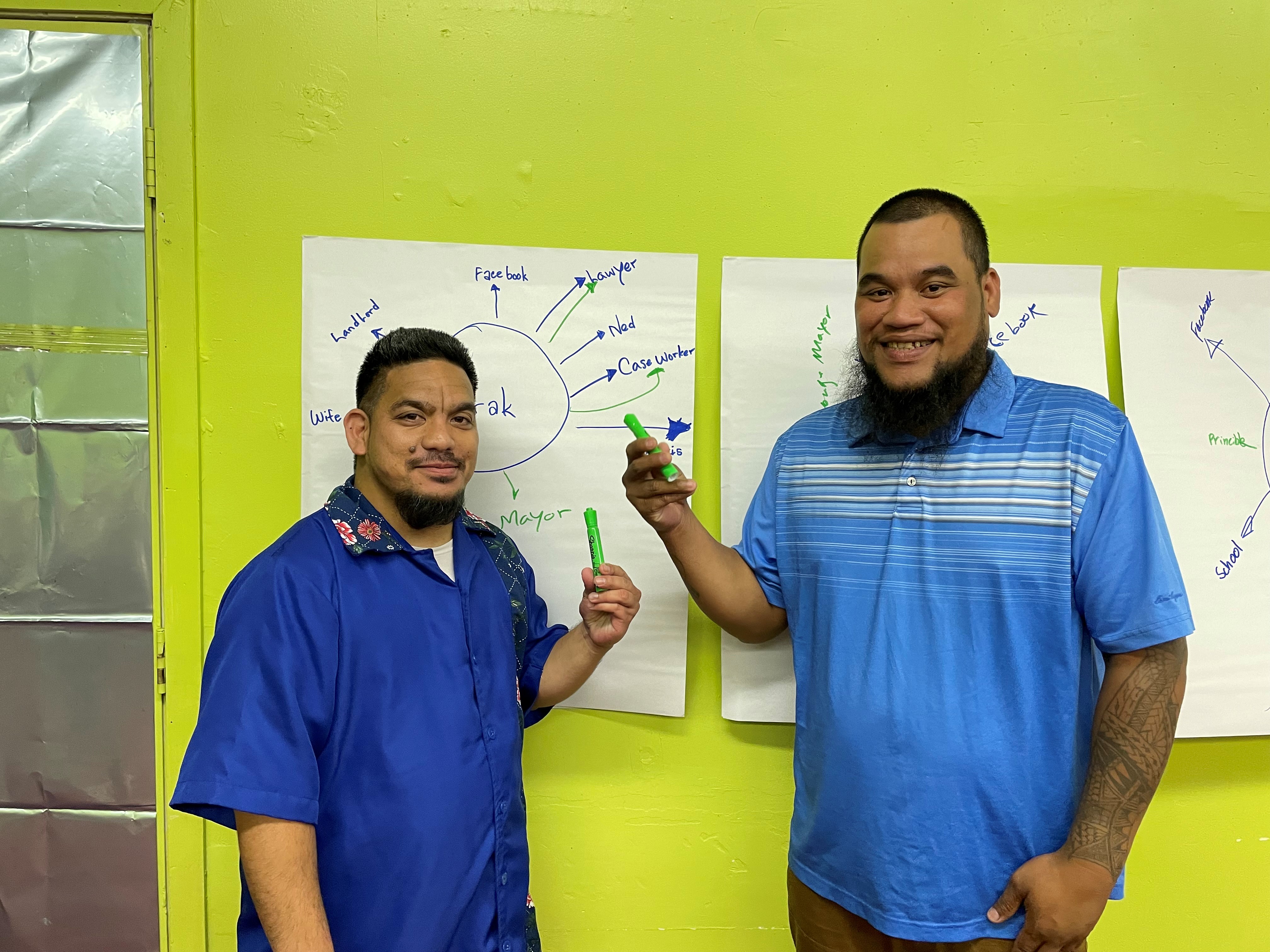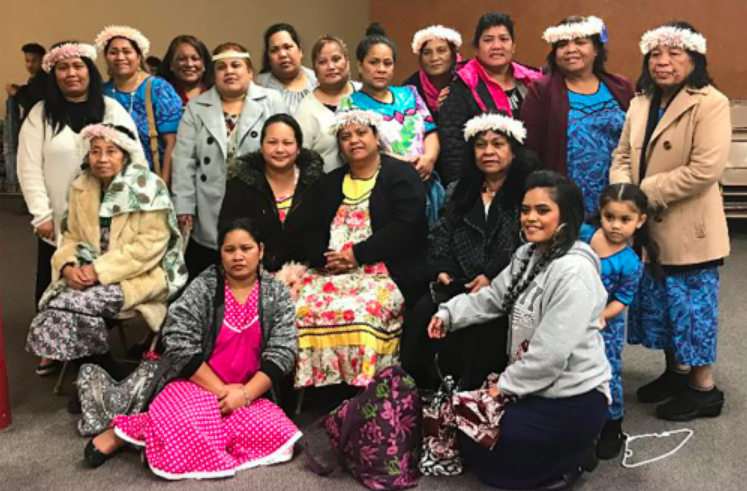Methodology

This community assessment was conducted across a three-year period between 2019 to 2022. An Immigration Community Assessment Steering Committee was formed as part of the process to help provide direction and oversight to the effort.[1] The research was focused primarily on immigrant populations within Dubuque County, as well as in Jackson County, Clayton County, and Allamakee County. However, because the needs of immigrants in the region are rarely contained within geographical boundaries, additional interviews and research were conducted within other parts of Northeast Iowa, Southwest Wisconsin, and Northwest Illinois.
In consultation with the Steering Committee, it was determined that the focus of the assessment would be on the following items:
- Elevating the voices of immigrant community members to determine relevant experiences and regional priorities;
- Identifying assets within the region that can be used to help meet those priorities and serve as a foundation for creating a more welcoming region;
- Highlighting gaps in service and other needs that are impeding the ability of immigrant families and communities to thrive in the region; and
- Recommending potential models and programming that may address the issues and opportunities raised by the research.
Because of challenges in connecting with immigrants, as well as identified best practices for collecting information, direct conversations with immigrant members and local stakeholders were prioritized over surveys or other research options. As such, information gathering for this report was conducted primarily through the following means:
- Interviews with members of local immigrant communities, including both one-on-one interviews and focus group sessions.
- Interviews with service providers, nonprofit staff, and business entities working with immigrant populations.
- Interviews with other key stakeholders, such as immigrant advocates, local officials, religious leaders, business owners, and concerned residents.
- Conversations, research, and site visits with organizations and advocates from outside of the region in order to identify potential models and learnings that could be relevant for this research.
- Review of publicly available data on immigrant needs.
- A relationship mapping exercise conducted with members of Dubuque’s Marshallese community.[2]

However, the outbreak of the Covid-19 pandemic in Iowa in March of 2020 led to a significant change in how this community assessment was conducted. This change was conducted with the approval of the Steering Committee and the support of the sponsors for this research, whose understanding and commitment to serving the community inspired the direction of this work.
This was partly because the need for social distancing significantly impacted the ability to conduct in-person interviews and focus groups with immigrant community members. While some interviews were still conducted over the phone and through teleconferencing, the primary means of gathering information and feedback from immigrant communities was heavily disrupted.
But more importantly, the needs and challenges brought about by the crisis became a much higher priority than conducting observational research. Due to the connections built during the first part of this project and the Community Foundation’s role within the community, staff were placed in a position to provide valuable support to the local response to the pandemic. The focus was therefore turned to working with immigrant community leaders and other trusted partners to help address the urgent needs brought on by the pandemic.
The focus was therefore turned to working with immigrant community leaders and other trusted partners to help address the urgent needs brought on by the pandemic.
Because of these circumstances, it was no longer sufficient to identify and research problems for inclusion in this report; instead, it became necessary to take a more active role and work with community partners to develop a more immediate solution to the need. That means that much of the information gathered for this assessment was from the perspective of a practitioner experiencing barriers and opportunities firsthand, as gaining a more intimate understanding of what is actually involved in addressing key challenges. While not a standard method for conducting such an assessment, these realities inform the report’s recommendations.
One result of this change in approach has been an increased appreciation of the tremendous assets that exist within the region. The work of service providers, local officials, volunteers, advocates, and other individuals during the height of the pandemic and its aftermath has been truly inspiring to witness. Their investment and dedication to serving the community is remarkable and has saved lives over the past two years. But it has been the work of immigrant community members over this time that has made the greatest impression. Members of these communities, many unpaid volunteers, have been critical to local efforts, and have accomplished things that defied the most optimistic expectations. Being able to work with these community members hand-in-hand has demonstrated to the Community Foundation what valuable assets they are for the region. To recognize some of this work, and to offer additional transparency for the reader, below is a list of some of the projects and accomplishments that have been conducted in connection with this community assessment.
Continue Reading
To learn more about some of the immigrant communities that participated in this community assessment, click here.
To see a list of some of the projects and accomplishments that have already been conducted in conjunction with the Immigration Community Assessment, click here.
To return to the Introduction to the Immigration Community Assessment, click here.
To return to the Immigration Community Assessment Welcome Page, click here.
